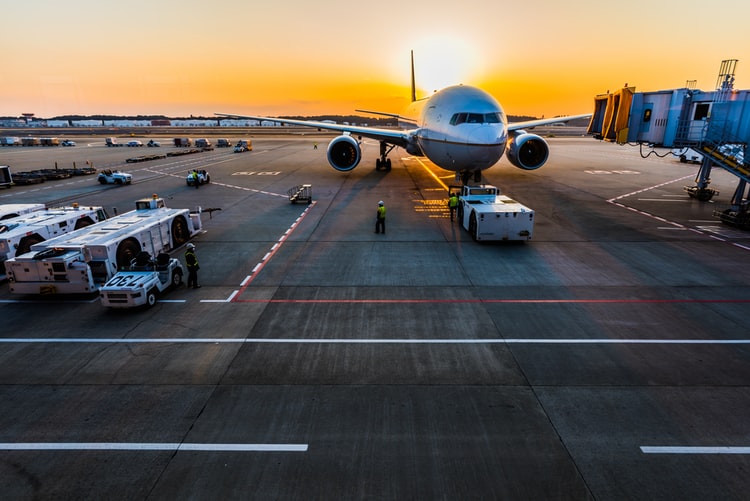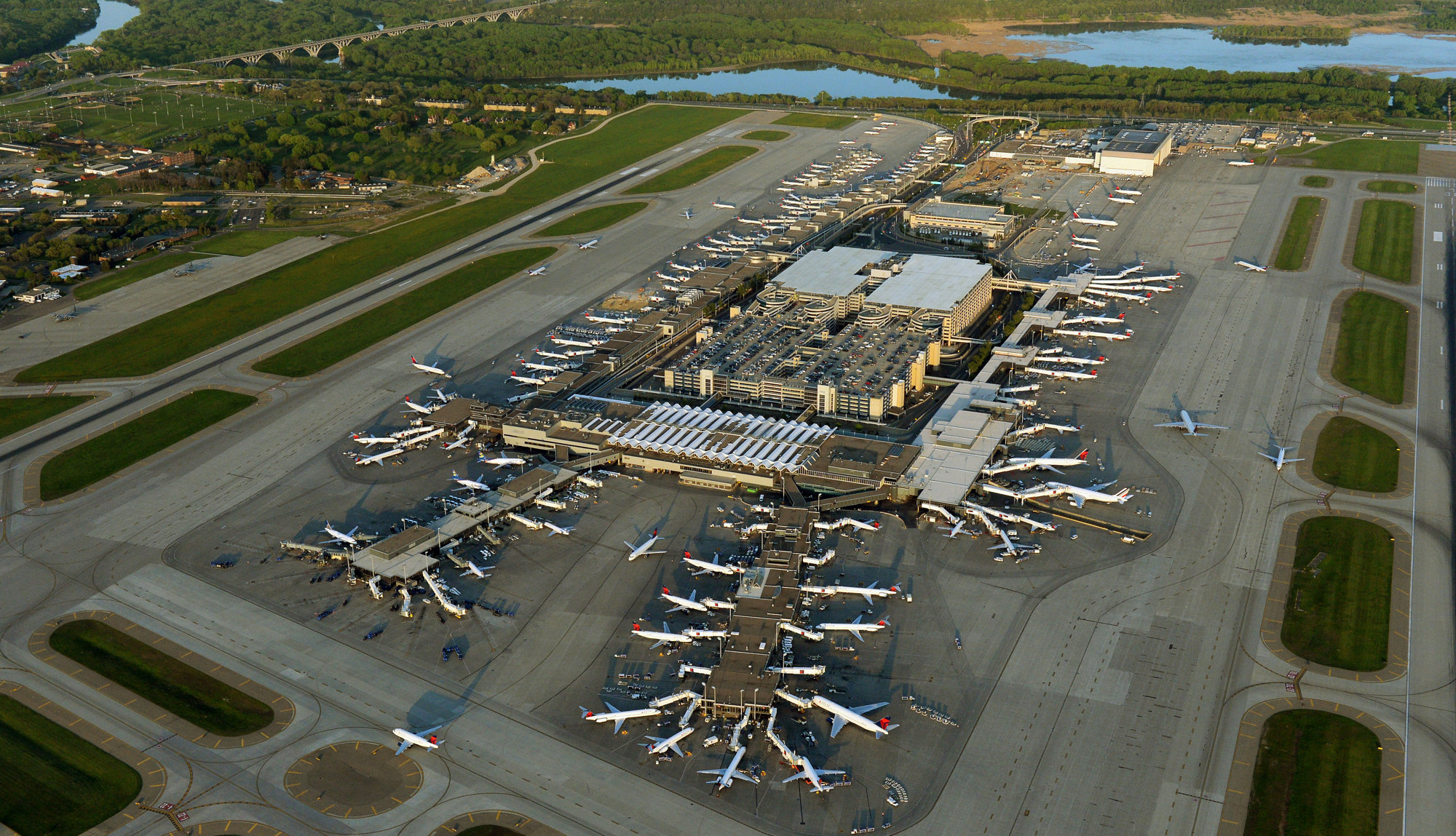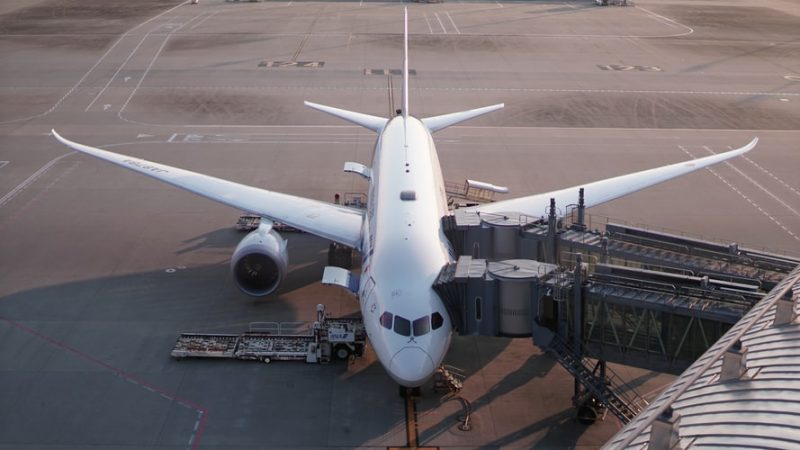Minneapolis-St Paul International Airport is arguably the most valuable revenue generator between Seattle and the Saint Croix River, supporting over 80,000 jobs, $546 million in local and state taxes, two-and-a-half billion dollars in local purchases, over three-and-a-half billion dollars in personal income, and close to $16 billion in business revenue (source: Credit Plus).
Minneapolis-St Paul International Airport is the twelfth-busiest U.S. airport for aircraft operations and seventeenth-busiest for passengers. It is also the second largest hub for Delta Airlines and a base for local carrier Sun Country Airlines.
Owing to Minneapolis-St Paul International Airport’s leadership and success, it has been the recipient of numerous awards in various categories, including communications and marketing, airport development and design, concessions, ice and snow control, legal oversight, labor relations, fiscal management, and safety.
In 2016, the airport’s staff were named as the best in North America by Skytrax. In 2017, the Air Transportation Research Society named Minneapolis-St Paul International Airport as the best airport for efficiency excellence in North America in its size category. Airports Council International recently recognized Minneapolis-St Paul International Airport’s retail program as the best among North American Airports.
From an unutilized prairie to an auto-racing venue, to one of the busiest airports in North America, Minneapolis-St Paul International Airport is an essential driver of the Twin Cities Machine. The airport’s launch contributed to the region’s significance as a transportation hub. Consequently, this has helped generate significant revenue, employment opportunities, business opportunities, and has made traveling more convenient. The history of Minneapolis-St Paul International Airport has been characterized by various expansions and this is likely to continue in the future. Although the recent pandemic has disrupted the air transportation industry, it is highly likely that passenger growth will continue on its upward trajectory once normalcy resumes. As more passengers continue to use the airport, an expansion will be necessary to ensure that the available resources are not stretched.
The history of Minneapolis-St Paul International Airport is one to gaze upon with awe. Since its establishment, Minneapolis-St Paul International Airport has set the standard on what quality service entails. Its innovations in the fields of communications and marketing, airport development and design, concessions, ice and snow control, legal oversight, labor relations, fiscal management, and safety are quite admirable. If history is anything to go by, Minneapolis-St Paul International Airport will continue to be a leader in its field and come up with more innovations that will revolutionize the airport industry for the better.…


